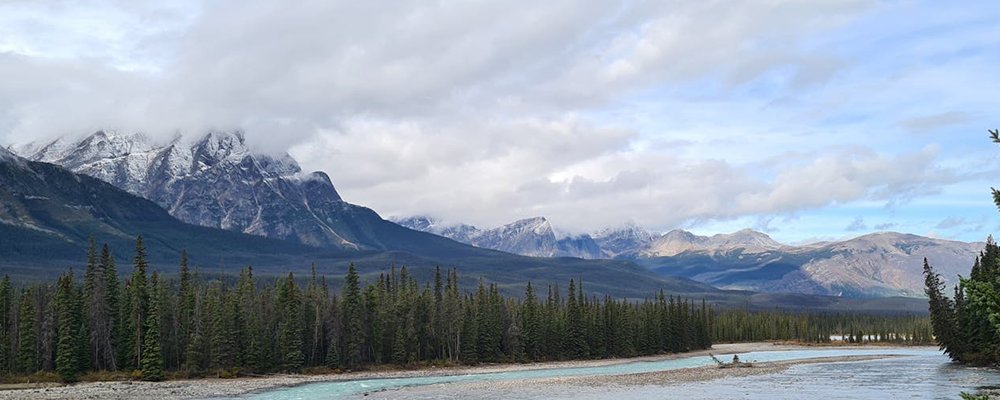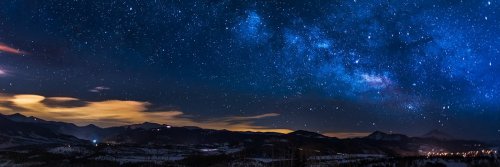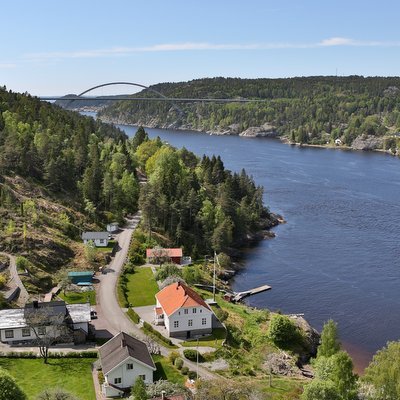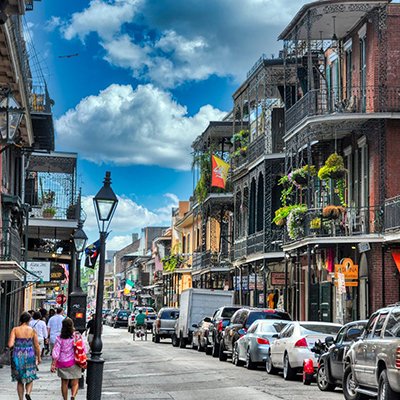You will have to get yourself to San Pedro de Atacama, a small town in Chile near the border with Bolivia within the famous Atacama Desert, to witness the truest inky black sky where there is no light pollution of any kind, or clouds for that matter. In this fantastic environment, it's possible to see the unreal brilliance of the stars, even the mind-boggling colors of the Milky Way. At the same time, the moon's edges are so crisp it's as if they cut through the atmosphere. With more stars in the known universe than grains of sand on all the beaches in the world, you could endlessly scoop up these pseudo fireflies in the palm of your hands and never empty the heavens.
It isn't until you remove yourself from cities and urban areas that you appreciate how much light pollution invades our night skies. Most of us take it for granted that the sky at night, with its twinkling stars, if there are no clouds, is dark. Still, it’s really a lighter shade of black, almost grey, in comparison to a virgin night sky untainted by humans. Running away to a remote mountain top or heading out into the middle of a desert will give you a taste of what a dark sky is—but, if you want the real experience, you will need to head to a designated 'Dark Sky Place' to realize how stunning the night lights of the universe are.
There are over 120 certified 'Dark Sky Places' around the globe designated by the non-profit International Dark Sky Association (IDSA), which aims to educate about the importance of darkness. The very first place so named was in 2001, Flagstaff, Arizona. A complete list of these special places for stargazing enthusiasts can be found on their IDSA website.
Dark Sky Festivals usually happen during the summer months. They are organized by communities of souls into stargazing, from astronomers with massive telescopes to night photographers, in an attempt to promote responsible lighting practices. Artificial light at night causes light pollution that disrupts wildlife’s natural living patterns (including humans), increases carbon dioxide (CO2) in the atmosphere, and obscures the stars. At these annual festivals, quite often held in national parks, you may find organised hikes, educational displays, and maybe lectures. For the lone wolf wishing to gaze at the heavens in solitude, it's easy to spread out a blanket, lie back, and enjoy the star show.
Some of the most notable festivals are listed below:
Europe:
Pic du Midi, France
For the star connoisseur into a bit of luxury, you can dine high in the Pyrenees under the dark starlit sky at the Observatory domes from sunset to sunrise. There's no need to wait for a festival to experience a dark French night.
Kerry International Dark-Sky Reserve, Ireland
Dedicated as a Dark Sky Reserve in 2014, it’s one of the finest and blackest in Europe.
Brecon Beacons National Park, Wales
It's all about what you can get up to when the sun goes down, where bright nebulas, spectacular meteor showers, and major star constellations shine down on the earth.

America:
Death Valley National Park, North America
Straddling Nevada and eastern California, this is North America’s lowest point.
Jasper National Park, Canada
Here you will find one of the world’s largest accessible dark sky preserves.
Grand Canyon National Park
Named an International Dark Sky Park in 2019, it has several ranger programs relating to the dark sky ethos.
Bryce Canyon National Park, Utah
Annually holds the Bryce Canyon Astronomy Festival—it has some of the darkest skies due to its elevation, remoteness, and clean air.
Great Basin National Park, Nevada
Here you will find the first research-grade observatory built in a national park in America.
Other locations to witness a perfect starry night sky:
- Aoraki Mackenzie International Dark Sky Reserve, New Zealand
- NamibRand Nature Reserve, Namibia
- Kruger National Park, South Africa
- Warrumbungle National Park, Australia
- Uluru-Kata Tjuta National Park, Australia
- Torres del Paine National Park, Chile
- Los Glaciares National Park, Argentina
- Iriomote-Ishigaki National Park, Okinawa
- Achi Village, Nagano Prefecture
From Patagonia to Namibia, there is a space on earth where you can lie on the ground under the stars in their protected black blanket and gaze at a celestial world that has captured man's obsessive nature and imagination since time immemorial.
Gail Palethorpe, a self proclaimed Australian gypsy, is a freelance writer, photographer and eternal traveller. Check out her website Gail Palethorpe Photography and her Shutterstock profile.















